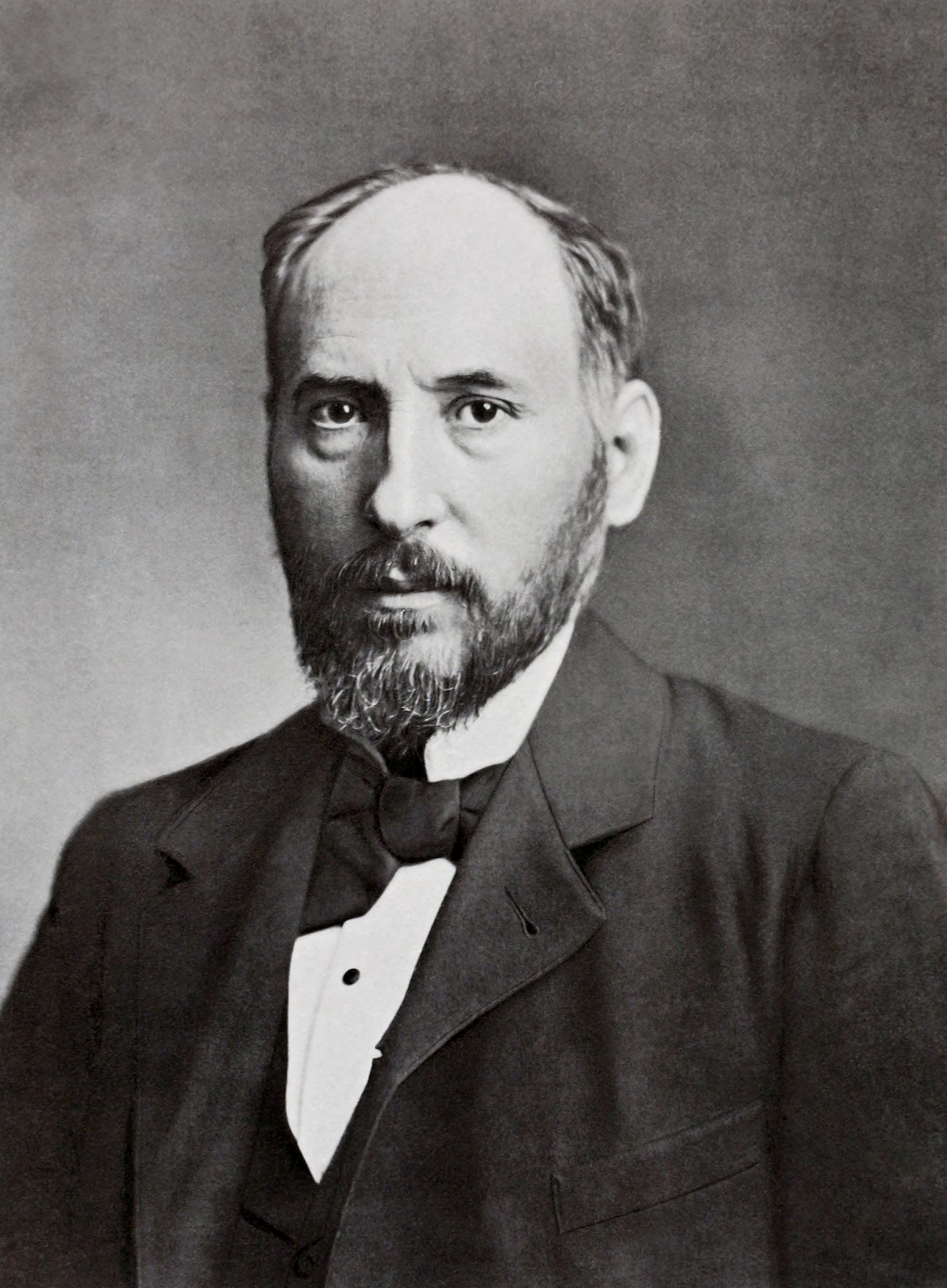clarawrenDESMA9
Clara Wren - Week 7 - Neuroscience + Art
When thinking and talking about neuroscience, there is so much that it is made up of and so many questions that come from it? Professor Victoria Vesna brings up several interesting questions. “Is mind control inevitable?” “What is consciousness?” “What does it mean to be in this moment now?” “How am I processing everything I am doing right now and coming up with the sound and functions I do?” Artists are so fascinated in the world of neuroscience because of how unique and amazing it is.
With the invention of the microscope and electricity, it was possible to look deeper into the brain. Franz Joseph Gall was the first to come up with the idea of cerebral functions to various areas of the brain. He came up with the idea of phrenology, which is the attempt to look at the individual intellect and personality from an examination of the skull's shape. He came up with several different visuals, from photos, to models, to drawings, to represent his findings.
“Franz Joseph Gall.” Wikipedia, 10 Apr. 2023, en.wikipedia.org/wiki/Franz_Joseph_Gall.
Santiago Ramon y Cajal was the founder of neural anatomy. His accomplishments were the understanding of the neuron theory, investigation of the neuron signals, and the neural generation and de-generation. He created a tree-like drawing that he figured out you could read out the connections patterns between the neurons by looking at the shapes of the piece of art.
“Santiago Ramón y Cajal.” Wikipedia, 23 Apr. 2023, en.wikipedia.org/wiki/Santiago_Ram%C3%B3n_y_Cajal.
When diving into the idea of dreaming, it not only involves science and neurology, but artists as well. It includes anyone with an imagination to brainstorm ideas regarding what goes on while we are dreaming. There is so much research about dreaming, with very little answers to it all. The big part of dreaming is the unconsciousness of the mind. The concept of collective unconsciousness is made up of mythological images and drawings. These are shown through archetypal images. These artists work to show what they have learned and discovered through drawings referring to neurology and science.

Brain in Different Stages of Sleep
Brodwin, Erin. “The Fascinating Science of What Dreaming Does to Your Brain.” Mic, 12 June 2014, www.mic.com/articles/90973/the-fascinating-science-of-what-dreaming-does-to-your-brain.
References:
Vesna, Victoria. Intro. Youtube, Youtube, 26 March, 2012, https://www.youtube.com/watch?v=RF0Qt7L2-kM&t=1s
Vesna, Victoria. Lecture I. Bruin Learn. https://bruinlearn.ucla.edu/courses/160989/pages/unit-7-view?module_item_id=5946342
Vesna, Victoria. Lecture II. Bruin Learn. https://bruinlearn.ucla.edu/courses/160989/pages/unit-7-view?module_item_id=5946342
Vesna, Victoria. Lecture III. Youtube, Youtube, 16 May, 2012, https://www.youtube.com/watch?v=E5EX75xoBJ0
Vesna, Victoria. Neuroscience + Art with Daniel Jay. Bruin Learn. https://bruinlearn.ucla.edu/courses/160989/pages/unit-7-view?module_item_id=5946342


Hey Clara! I really enjoyed your blog! I particularly think the last paragraph you mentioned was interesting, where you talk about how ideas can be formed while dreaming. The part where you mention "the concept of collective unconsciousness is made up of mythological images and drawings" made me ponder a little more as to how this works. I've never thought too much about how my dreams are comprised or what they mean — I always just thought this was my brain trying to make do with all the memories and experiences it holds, such as any repressed feelings, thoughts, desires, and reactions. Visually, I think it's difficult to convey — but it's a fascinating topic to explore for sure!
ReplyDelete